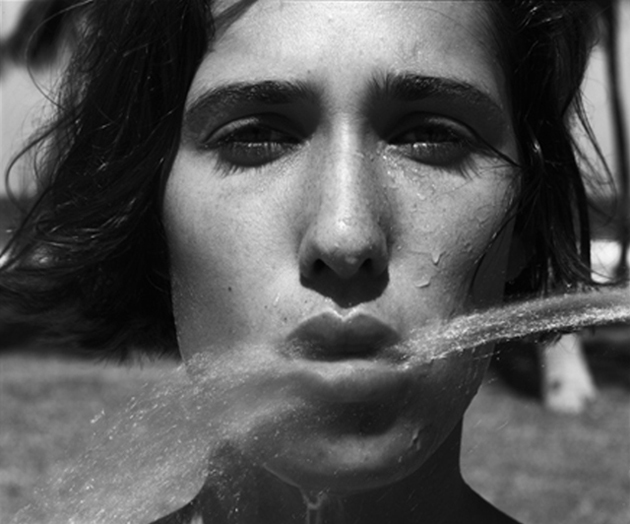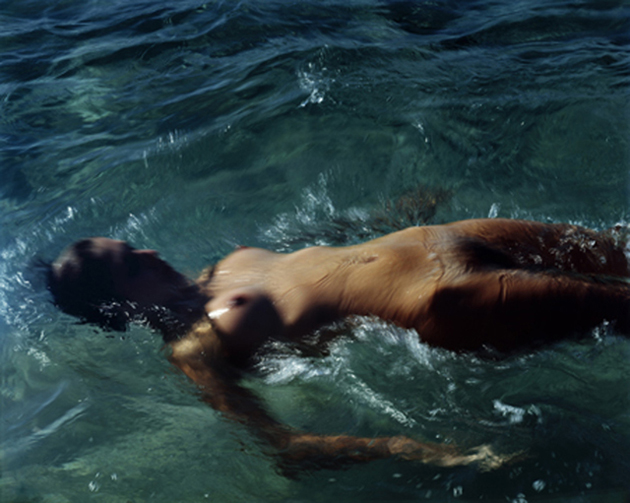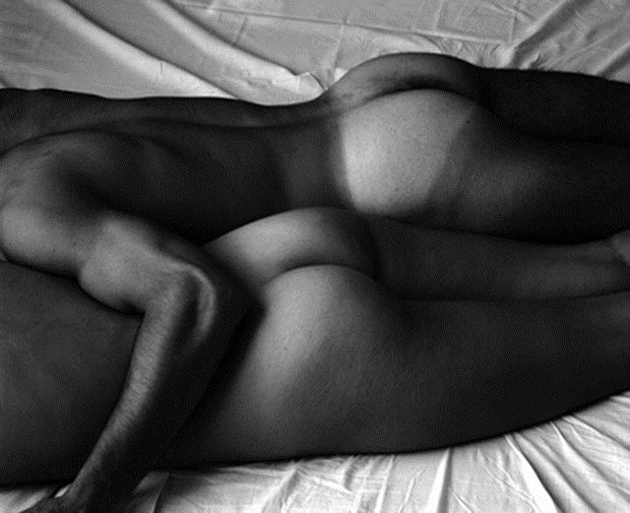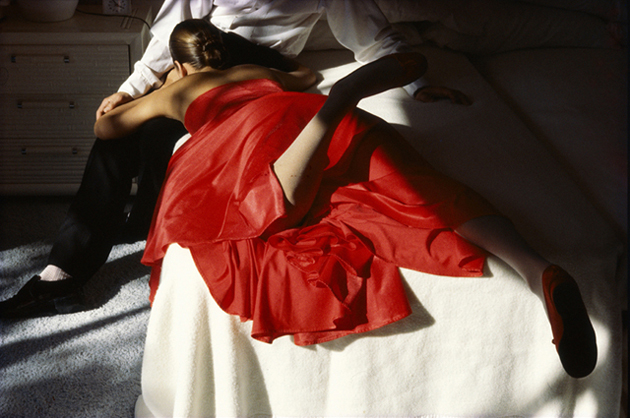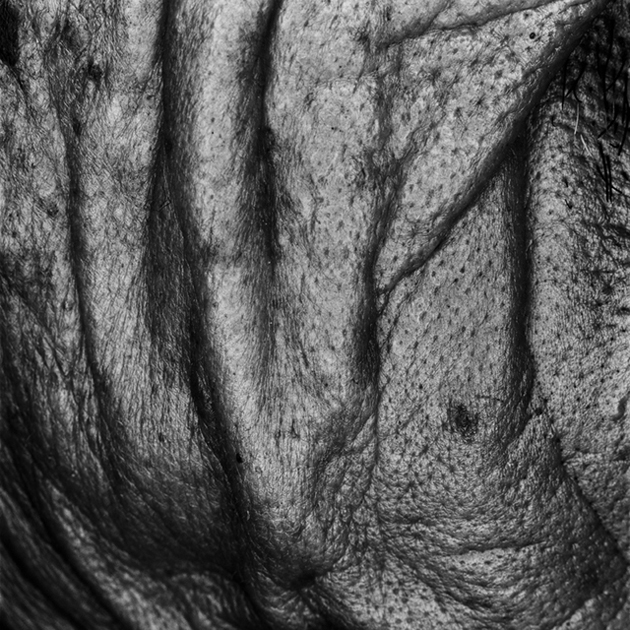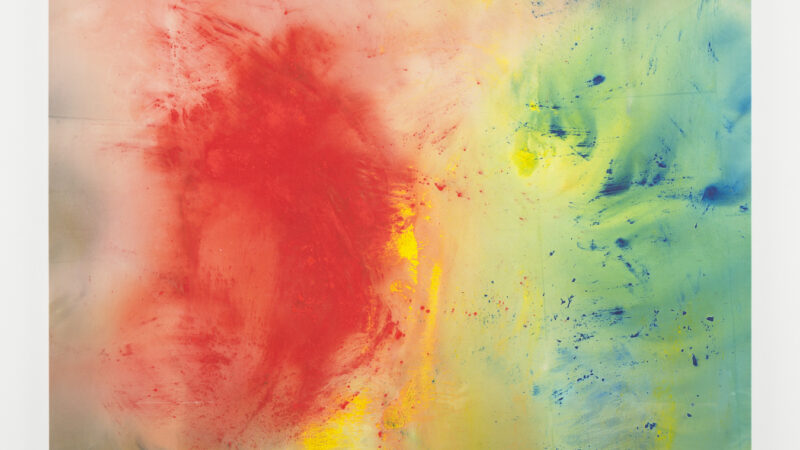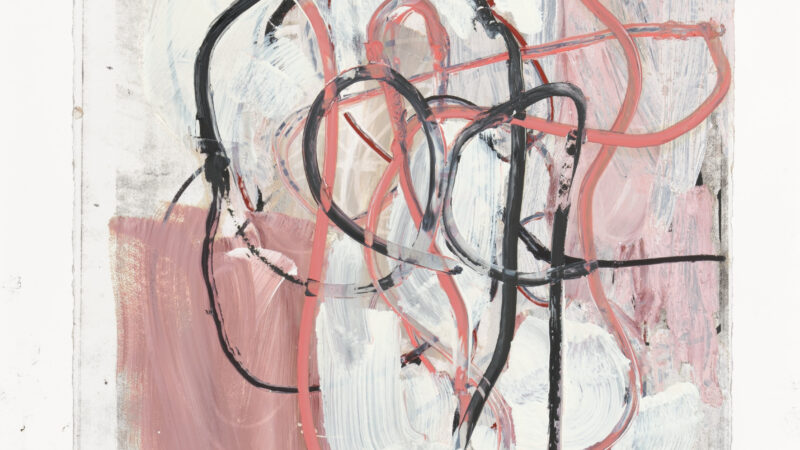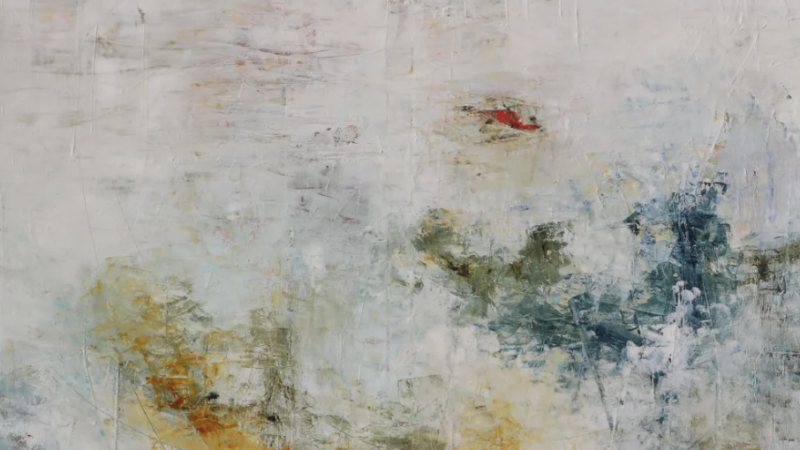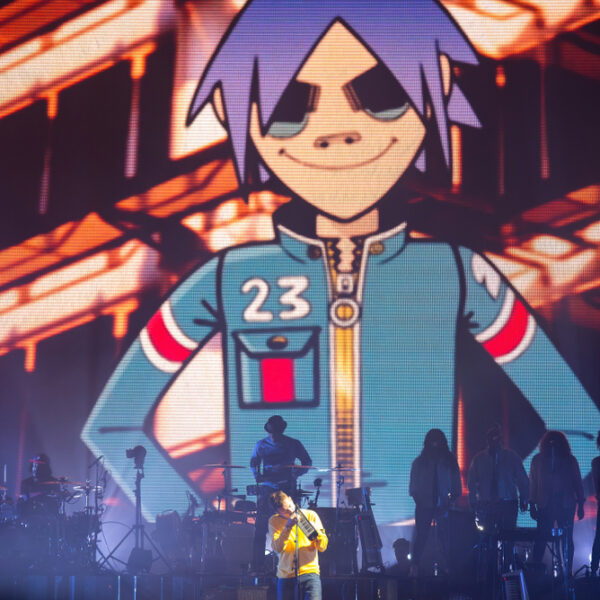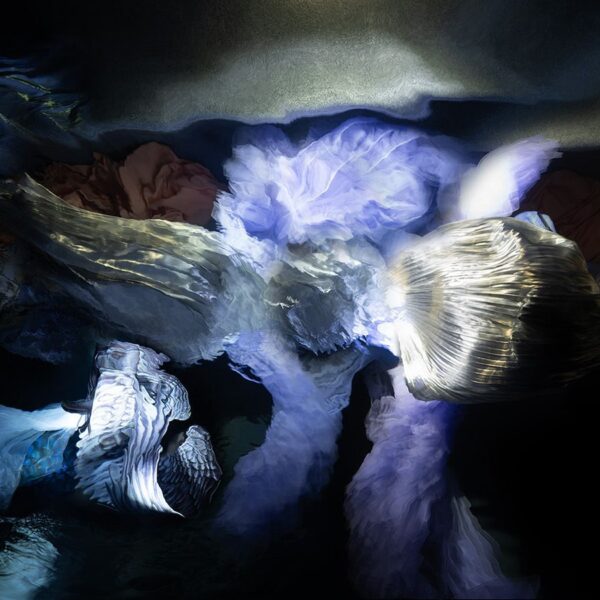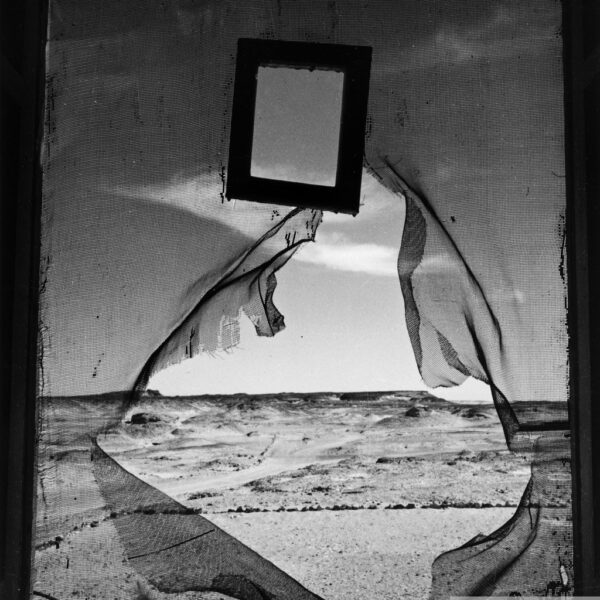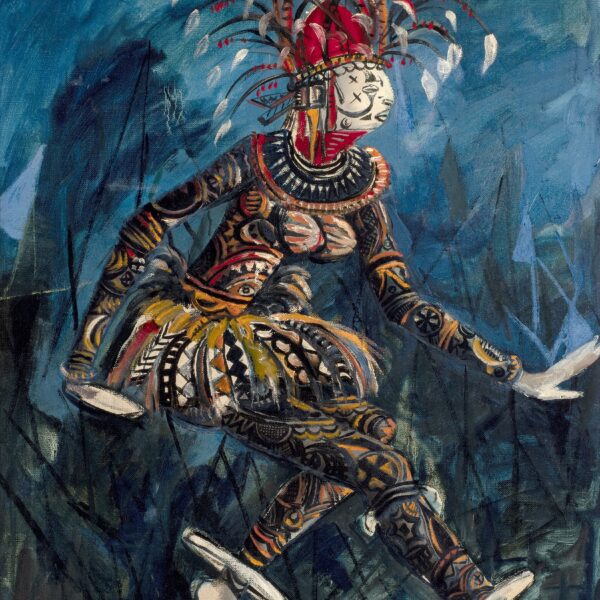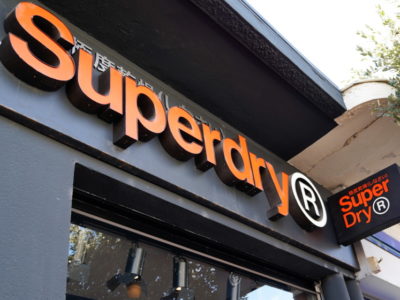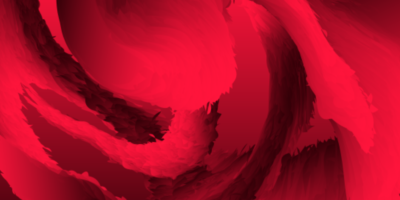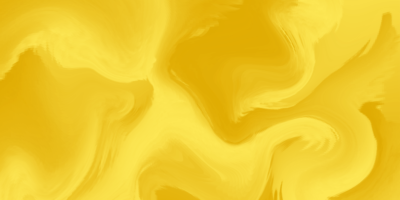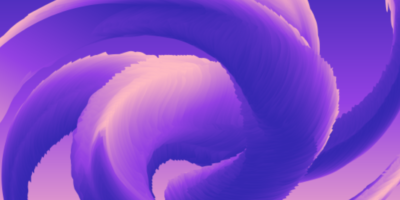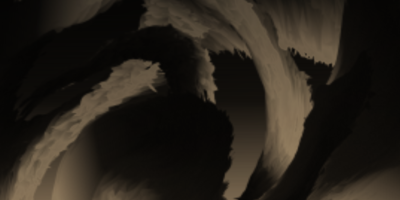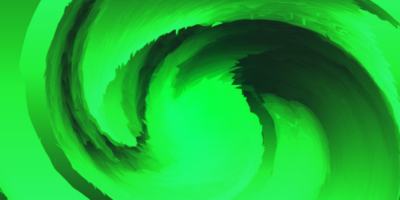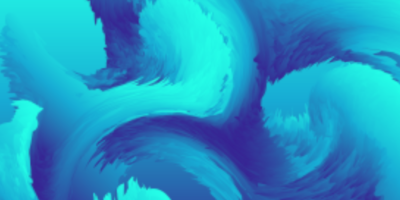“There’s more to photography than just taking a picture. Every shoot or project starts with a vision; so ultimately, it’s about the way you see. I once thought of how every family takes pictures throughout their lives.
If I could explore each family’s albums, I’m sure I would find at least one picture that touched emotionally, that was a snapshot of the miraculous moment someone timed the pressing of the shutter so perfectly that you can see the life of everyone captured in the picture.
Today, because of digital, everything can be multiplied and edited a thousand times; you can take so many pictures, but that doesn’t make the photographer a great artist, or the picture a great photograph.”
Jen Yarrow, Imagination, Mustique, West Indies
Inquisitive by nature, I love the idea of mystery, of questions that remain interminably unresolved for lack of conclusive answers. This kind of open-ended interpretation offers you a freedom that, if understanding were predetermined by fixed definitions, would be lost to a dull and limiting predictability. Entering the gallery, the photograph of a woman instantly rouses this curiosity; her gaze is direct and confronting yet unnervingly passive as a stream of water splashes across her mouth. But, why? I’m unaware that this would be the first of innumerable questions I would ask myself throughout Denis Piel’s exhibition, ‘Essence’.
Piel is a prominent photographer/filmmaker whose images quiver on the tantalizingly sublime moment of anticipation and uncertainty. Each photograph blends aspects of film and storytelling, evoking a unique visual narrative. ‘Essence’ itself is a selective retrospective of his photography that spans over forty years, placing personal projects alongside the commercial. His relentless fascination with capturing ‘real moments’ that reveal the inner nature and desires of humanity remains a familiar but mutable theme throughout his work, creating a collection that, despite its diversity, can be traced back to a unifying vision.
I wander upstairs to find Piel bent over his laptop. With glasses hanging loosely around his neck, he grins beneath a black trilby, and eagerly begins to walk me through his photographs. I say walks specifically because little was explained – Piel’s emphasis lies less in ‘saying’, more in ‘showing’, which adds to the appealing depth and intrigue of his work. However, as we sat down to begin the interview, he summarized, with a lax Australian twang,
My work is about creating a situation, and giving it a life.
Jen Yarrow, Cooling Off 4, Mustique, West Indies (1982)
Piel rose to triumphant acclaim in the 80s, working with Nastassja Kinski, Uma Thurman and Christy Turlington, shooting for Vogue and New York Times Magazine (to name a few), while some of his work is now permanently on display at the V&A. He worked with Ian McShane on a shoot for the film Exposed, and was one of the very few photographers to be given a contract with Condà Nast. Despite years of flagrant success, he is modest, content with having been able to freely pursue his personal vision through his work without pressuring others to interpret anything in a specific way. “What I try to do with the public,” he says, “is to enable them to face them something that stimulates their imagination as they’re looking at it, so they ask, ‘What is this scenario?” Not just, “This is a picture – look at the picture.” What’s important is thinking, ‘what’s next to this moment, behind it, before, after’, or ‘who is this person, why are they doing this’, and so on.”
Piel has been deeply inspired by filmmakers, more so than photographers, which is evident in each image’s cinematic characterization. Visually captivating, they radiate an emotional depth by subtly fusing intimate narratives, creating photographs like stills captured from a film.
“What interests me the most,” he explains, “is the moment in-between moments – the moment that you ask, ‘What happened’, or, ‘what’s about to happen?’ Those moments are the most interesting.” After pausing for thought, he goes on: “You’ve got to find your own voice, and stick to your own voice, otherwise you don’t have an identity. The challenge [with photography] is also to constantly explore, to be curious, and to allow new things to happen. But if it’s always coming from you, the chances are there will be a unity in what you do. I think different circumstances give you a different way of seeing, which is what is important about this show for me.”
B&J, Rest, Mustique, West Indies, 1982
This ethos of “cinematic storytelling” has been Piel’s way of working throughout his life, which defined – or redefined – fashion photography throughout the 80s and 90s.
“When I look at the fashion images today I see all this work that’s really good – maybe a bit too good?” he laughs, contemplatively. “A lot of it is frozen, and has to be perfect, but that’s not what I call ‘perfect’ –
-what interests me is a slight smile, that little wrinkle or expression that might take away what may now be termed ‘beauty’ but for me, that is the beauty itself. Something more human. I want energy to happen, and I’m going to capture that energy.
Then if technically I have to slow it down, I’ll slow it down, depending on what I’m dealing with. But I do want some spontaneity. I think that a lot of people are using a lot of fantastic technology today, but we haven’t really learnt how to use it properly yet. It’s sort of taking our pictures for us.”
An example of Piel’s preference for dynamic scenarios is a collection of six panels that hang downstairs, mounting a series of ‘behind the scenes’ Polaroids taken at various Vogue shoots. Capturing an unexpected vulnerability in the models, they evoke a sense of pensive waiting. Several were taken mere seconds apart, though they remain remarkably distinct – in a second, the entire scene has altered, Piel perfectly capturing that fleeting moment, isolating the moment through the lens yet leaving it exposed to a multitude of interpretations. Upstairs, twelve smaller photographs hang in sequence. Taken from different perspectives, they focus on various body parts that are folded, crossed, wrapped in sheets, touched, untouched, all captured with a visual tenderness that echoes the linguistic romance in the poetry of E. E. Cummings.
“Creating a scenario is a lot more fun than just having people posing. It gives them something substantial to do, rather than simply, ‘Okay, what will I do now’,” he laughs, imitating a Vogue-esque pose. “I give them a role to play, and by doing that, it gives them some substance. They get involved – they’re doing as much of the ‘creation’ as I am.”
Suzanne Accosta, Key West, Florida (1979)
This unique relationship between ‘photographer’ and ‘the photographed’ has created enduring visual worlds and characters that ask more questions than they answer. Within each photograph lies a depth, an intangible substance, an authenticity that inspires an inimitable script, written by the viewer as they progress through the exhibition and ask themselves a multitude of questions:
These sheets are left unmade – why? Who slept here? Were they alone?
In a hotel room, a woman pulls leather boots over suspenders, while another, masculinely dressed, stares over at her across a four poster bed. What are they doing here?
In “Ling Tan, Rags to Riches (2006)”, you are immediately drawn to Tan’s presence, seated left of frame. But her interest is elsewhere – she stares thoughtfully to the left, and it is not until your eyes begin to take in the rest of the picture that you realise the restaurant is deserted, albeit for a waiter – is she staring at him, at the door, waiting for someone?
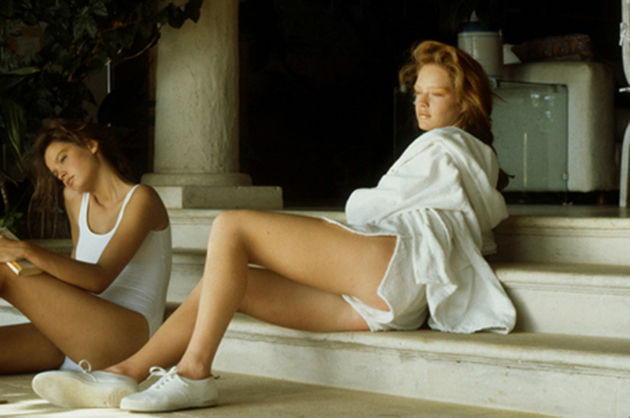
Suzy Amis & Karina Gomez, Mustique, West Indies (1982)
Upstairs, a series of ten chromogenic prints adorn the back wall. The skewed angle of the window contrasts with the swarming darkness of the bedroom; a fractured light enters through the trees, the entire perspective of the photograph distorted like a vortex as if you, the viewer, will be transported into this world of hazy dreams. Beside it, an unidentifiable subject has lifted their knees where a book gently rests; but what are they reading? What’s hidden behind the obscured fraction of the lens? Elsewhere hangs an emotive shoot between Lilian Gish and Jeanne Moreau (1983). “Years ago Joan did a documentary on Lilian,” he explains. “So putting them together was an extraordinary occurrence; there was a wonderful energy between them, and I was trying to capture that.”
Shot in black in white, a moment of tenderness passes between them, discernible through their fond gazes – they are not interested in who is looking at them; they are only interested in each other. Further along, “Carla” stands defiant, neck raised, pants dropped, looking down on viewers despite her exposure. This element of nudity is present in a lot of Piel’s work; he says, “It’s a natural state of our selves to be naked. We dress and undress every day, and visually it’s interesting, physically appealing and beautiful.” And though his subjects have discarded their clothes and revealed themselves on the surface, the deeper element of curiosity, of uncertainty within, remains.
Other macroscopic shots of heavily textured surfaces that could be skin, or perhaps even trees, convey a certain intimacy through the closeness of the shot, while the depressions and heaves cut out by shadows and light create a sense of movement and extending depth. Elsewhere, a trio of photos titled “Kiss”, “Fight” and “Sunbath” are individually and collectively passionate; the first, with amorous desire; then, anger, as the subjects violently push away from each other; and finally, a melancholy atmosphere has fallen as the subject hunches over as if to retreat into themselves.
On portraiture, Piel says that since “you’re dealing with people, you want them to participate in your work. So you try to have some sort of relationship with them, to take them where you want but also where they can offer you something.
I’m looking to get into the essence of that person. I don’t want them ‘posing’ for me, I want to capture something more interior than that.
Having a portrait session with me is a bit like going to a therapist,” he jokingly adds.
Before I leave, Piel tells me more about his current project: “I’m calling it ‘Down To Earth’”, he says with a zealous smile. “It’s about getting back down to basics, the earth, simplicity, our sources and origins. I very much use my instincts, so it’s going to happen as it happens, but it will be shot over the period of a year, engaging with the changing seasons and growth within landscapes. I also want to introduce mythology and architecture, so it’s quite ambitious. I’m looking to focus on a re-imagining of the natural world in our increasingly urban imagination.”
Piel’s photography is a fluid path of storytelling – stories about his subjects, the human body, experience, and himself. “Invariably,” he confesses, “you do reveal something about yourself through photography. What that is… is up to the public to decide. I hope the pictures speak for themselves.”
As a photographer, Piel works through the medium of film, but as a filmmaker, he works through the medium of photography. This blending creates work that moves with an untouched simplicity, distorting and questioning the boundary between photography and film. ‘Essence’ is a striking exhibition that ultimately isn’t just about discovering the ‘essence’ of the photographs and photographer, but also, about you; with little to no information on each photograph, you must rely on your own individual way of seeing. In turn, what you see is a subconscious self-exploration, resulting in a profound insight into yourself.


